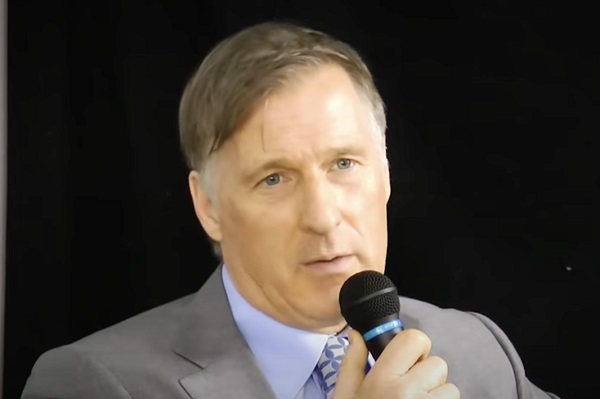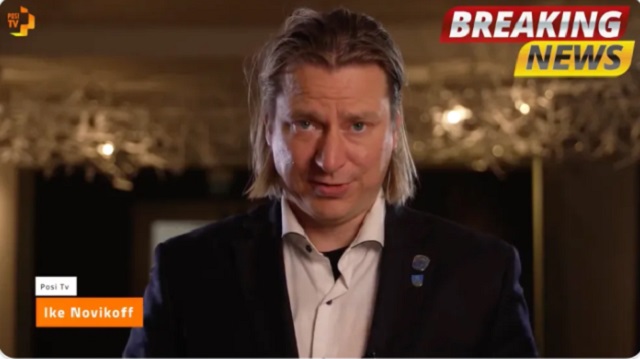Alberta
Premier Smith meets with Prime Minister Trudeau
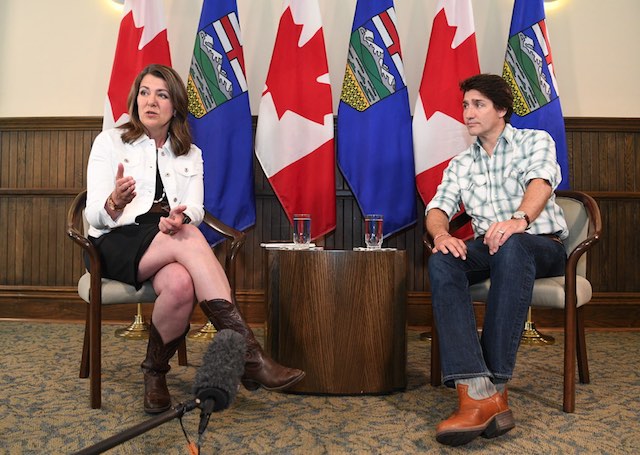
Premier Danielle Smith met with Prime Minister Justin Trudeau on July 7 to discuss economic priorities.
Although the meeting was constructive, there are still several concerning issues that need to be resolved if Alberta and the federal government are to reach an agreement on an emissions-reduction plan that will simultaneously secure a reliable and affordable electricity grid, protect Alberta workers and drive economic growth in our energy sector for decades.
The positive news is the federal government has agreed to immediately form a bilateral working group with the Alberta government to work on an aligned framework to incentivize investment in carbon capture, utilization and storage as well as other emissions-reducing technologies.
This group would also work to develop a regulatory framework for the construction and use of small modular reactor technology in our province and to secure credit for carbon reduction through increased LNG exports to international markets. Article 6 in the Paris Accord allows for jurisdictions to receive credit for reducing emissions in other countries.
These are welcome developments.
However, the federal government has yet to formally recognize Alberta’s exclusive jurisdiction to set its own emissions-reduction targets and milestones on the path to a carbon-neutral energy sector and electricity grid by 2050.
They continue to set targets for a 42 per cent reduction in energy sector emissions by 2030 and a net-zero electricity grid by 2035. Both of these targets are unachievable, will drive billions of investment out of Alberta, massively increase electricity costs and result in the loss of tens of thousands of Alberta jobs.
We also understand the federal government is set to release its draft so-called ‘clean electricity’ regulations (CER) for feedback in the coming weeks, and which do not initially include a carve-out for provinces like Alberta, which needs more time to transition to a carbon-neutral power grid due to our reliance on natural gas-fired electricity generation.
It will be critical after this initial feedback period is complete that Ottawa grant Alberta’s requested CER carve-out until the working group has reached an agreement on decarbonizing our power grid that Albertans can afford and support.
Albertans have borne the significant cost of replacing all coal-fired electricity generation with natural gas seven years ahead of schedule, for which ratepayers have already paid billions in compensation and will continue to make these compensation payments through 2030.
Alberta has sovereign and exclusive constitutional jurisdiction to regulate our energy and electricity industries. This is non-negotiable.
We have asked the federal government to come to the table in good faith and to assess the realities of our power grid and the true magnitude of being the fifth-largest producer of oil and gas in the world.
If Ottawa does not recognize and support Alberta’s exclusive right to regulate these sectors of our economy, our province will have no choice but to use alternative policy options to protect our rights independent of federal interference.
Our sincere hope is that the newly formed federal and provincial working group will be able to facilitate an agreement that will align Ottawa’s efforts with the Alberta government’s Emissions Reduction and Energy Development Plan.
Failing to reach an agreement on these matters would be an unprecedented missed opportunity that would cost our country tens of billions in economic investment and countless jobs from coast to coast. We look forward to starting the working group as soon as possible.
Alberta
Red Deer Company fined $360,000.00 after 2022 workplace fatality
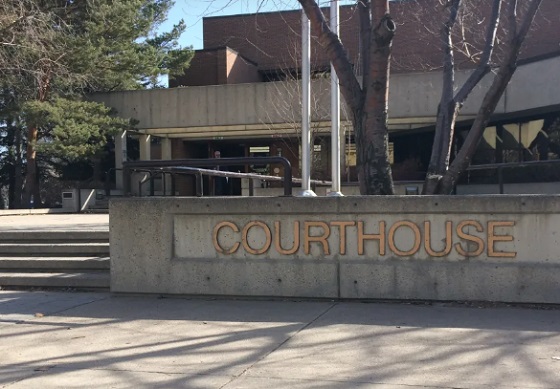
Company sentenced for workplace fatality
An oilfield equipment supplier will pay $360,000 related to a workplace fatality.
On Feb. 21, 2024 in the Red Deer Court of Justice, Isolation Equipment Services Inc. pleaded guilty to one charge under the Occupational Health and Safety (OHS) Code for failing to take measures to eliminate the potential danger of equipment or material that was dislodged or moved. The Crown withdrew 28 other charges under OHS legislation. The company was sentenced on April 24.
The charges stem from an incident on a Red Deer construction site on Jan. 13, 2022. A worker operating an overhead crane was positioning a valve bonnet when the equipment released from the rigging, striking and pinning the worker. The worker sustained fatal injuries.
The company will pay $360,000 in total penalties, including a $1,000 fine. Under a creative sentence, $359,000 will be paid to Energy Safety Canada to develop supervisor and competency programs targeting those who work with new, young and inexperienced workers.
The Occupational Health and Safety Act provides a creative sentence option in which funds that would otherwise be paid as fines are directed to an organization or project to improve or promote workplace health and safety.
Both the company and the Crown have up to 30 days to appeal the conviction or penalties.
Alberta’s OHS laws set basic health and safety rules for workplaces across the province. They provide guidance for employers to help them ensure their workplaces are as healthy and safe as possible while providing rights and protections for workers. Charges under OHS laws may be laid when failing to follow the rules results in a workplace fatality or serious injury.
Quick facts
- Jobs, Economy and Trade does not provide sentence documents. These are available through the Red Deer Court of Justice.
- Victim fine surcharges apply to fines payable to the Crown. The $1,000 fine in this case includes the 20 per cent surcharge. Surcharges are not applied to payments to other entities, in this case Energy Safety Canada, under creative sentences.
- Fatality investigation summaries are posted to alberta.ca/fatality-
investigation-reports 60 to 90 days after court proceedings conclude.
Related information
Alberta
Principal at Calgary Elementary School charged with possession of child pornography

News release from the Alberta Law Enforcement Response Team (ALERT)
Calgary school principal charged
A Calgary school principal has been charged with offences relating to child sexual abuse materials following an investigation by ALERT’s Internet Child Exploitation unit.
ICE charged Bruce Campbell on April 16, 2024 with possessing and accessing child pornography. The 61-year-old man was employed as a principal at Sacred Heart Elementary School in Calgary.
“Currently we believe these offences are solely related to online activities, but can appreciate how parents and students would be shocked and concerned about these charges,” said Staff Sergeant Mark Auger, ALERT ICE.
Campbell allegedly uploaded child sexual abuse materials via Skype and ALERT was notified via the RCMP’s National Child Exploitation Crime Centre in January 2024.
Campbell’s Calgary home was searched and a number of phone and computers were seized. A preliminary forensic analysis of the seized devices found child sexual abuse materials on his work-issued cellphone.
While the investigation and charges are related to online offences, the nature of Campbell’s employment placed him in a position of trust and authority. ICE is encouraging anyone with information about this case to come forward and contact police. Anyone with information is encouraged to contact local police or Crime Stoppers (1-800-222-TIPS).
Campbell was released from custody on a number of court-imposed conditions, and is awaiting his next scheduled court appearance on May 10, 2024 in Calgary.
ALERT was established and is funded by the Alberta Government and is a compilation of the province’s most sophisticated law enforcement resources committed to tackling serious and organized crime.
-

 Censorship Industrial Complex2 days ago
Censorship Industrial Complex2 days agoDesperate Liberals move to stop MPs from calling Trudeau ‘corrupt’
-

 conflict2 days ago
conflict2 days agoCol. Douglas Macgregor torches Trump over support for bill funding wars in Ukraine and Israel
-

 Frontier Centre for Public Policy1 day ago
Frontier Centre for Public Policy1 day agoThe end of Canada: The shift from democracy to totalitarian behavior in the ‘pandemic era’
-

 Energy1 day ago
Energy1 day agoReflections on Earth Day
-
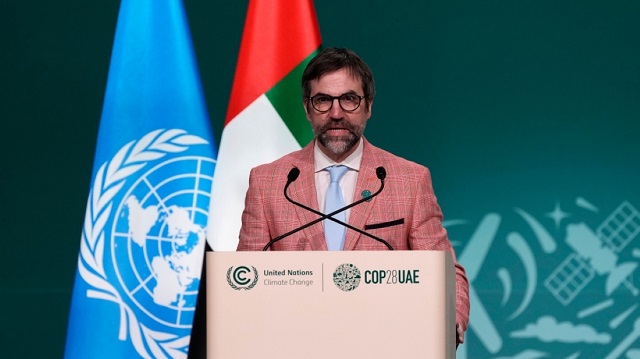
 Alberta19 hours ago
Alberta19 hours agoAlberta rejects unconstitutional cap on plastic production
-

 Great Reset2 days ago
Great Reset2 days agoTerrorists Welcome: Chronic counterterrorism lapses at the border demand investigation
-

 Business18 hours ago
Business18 hours agoUN plastics plans are unscientific and unrealistic
-
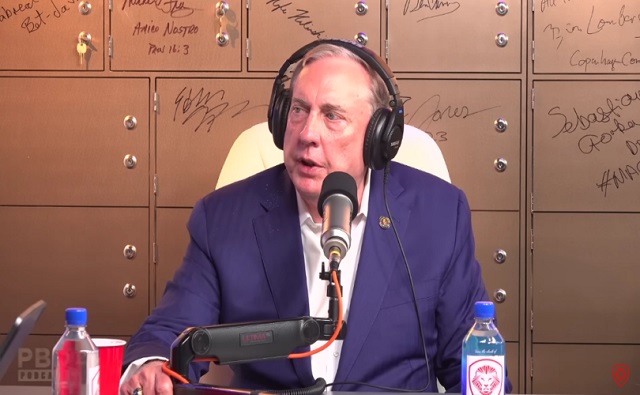
 conflict2 days ago
conflict2 days agoCol. Douglas Macgregor: US is ‘facing disaster’ as it funds overseas wars while bankrupt




